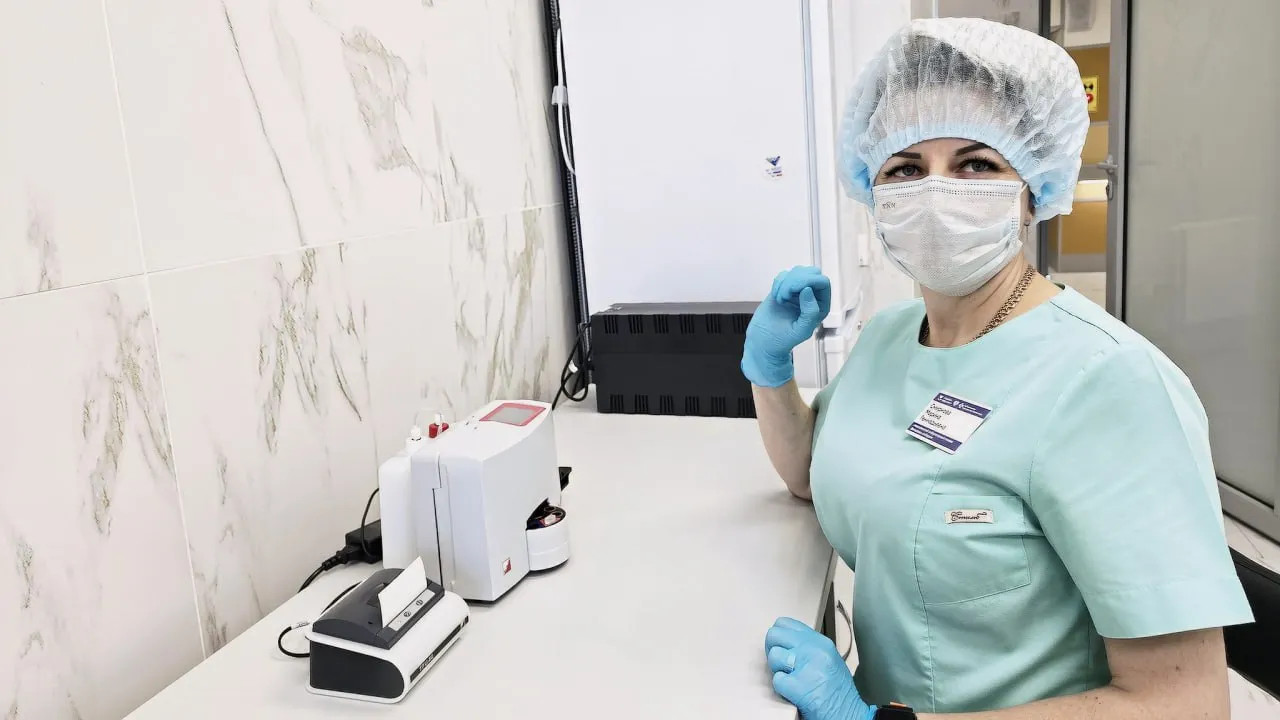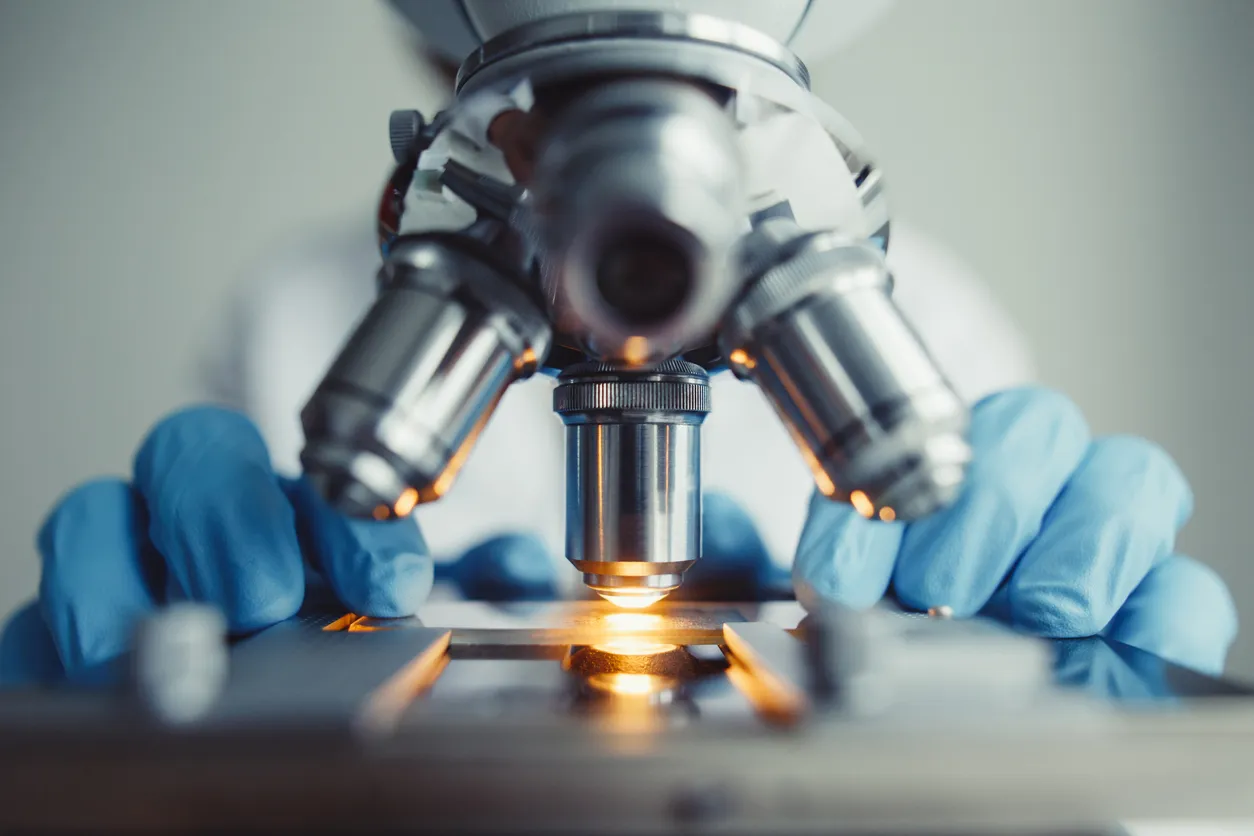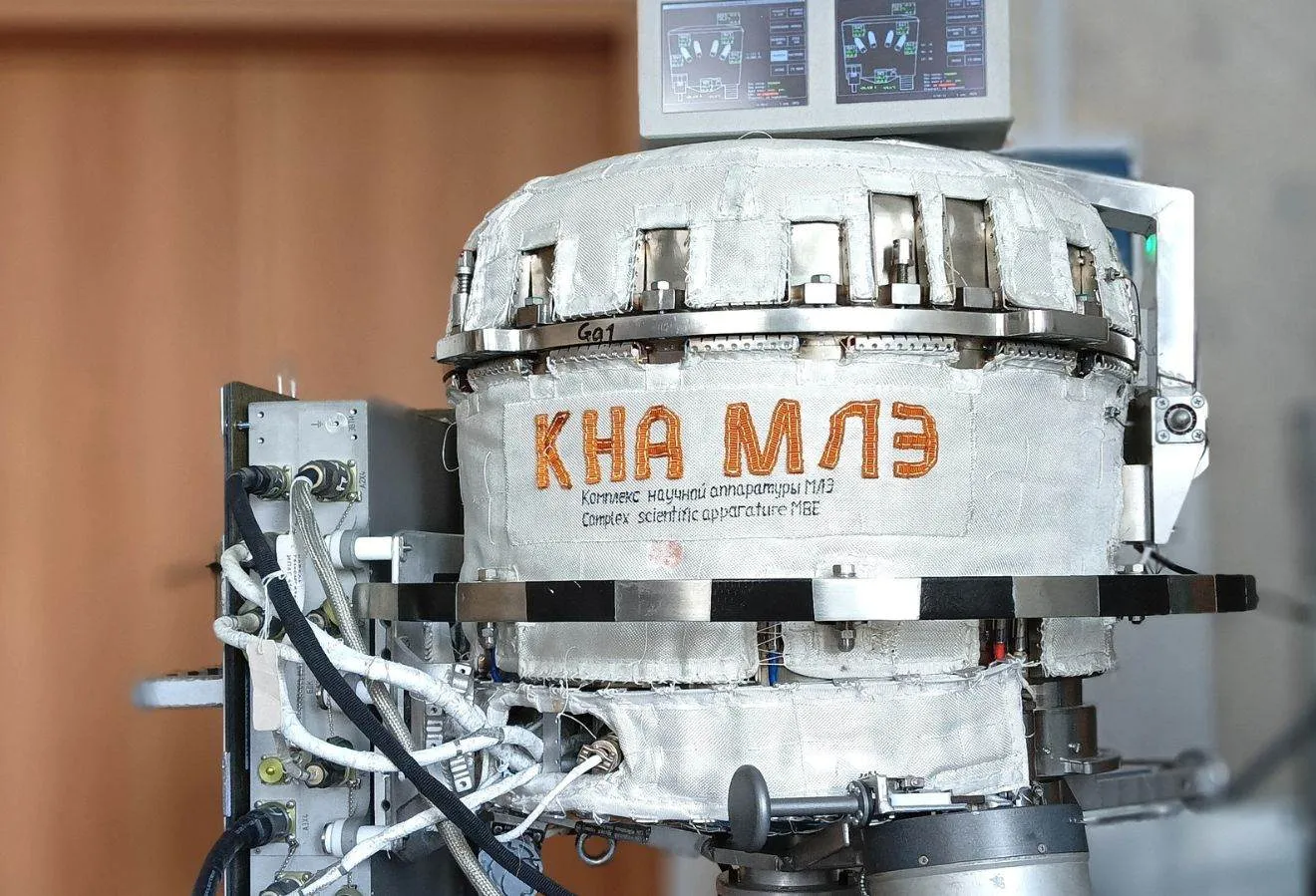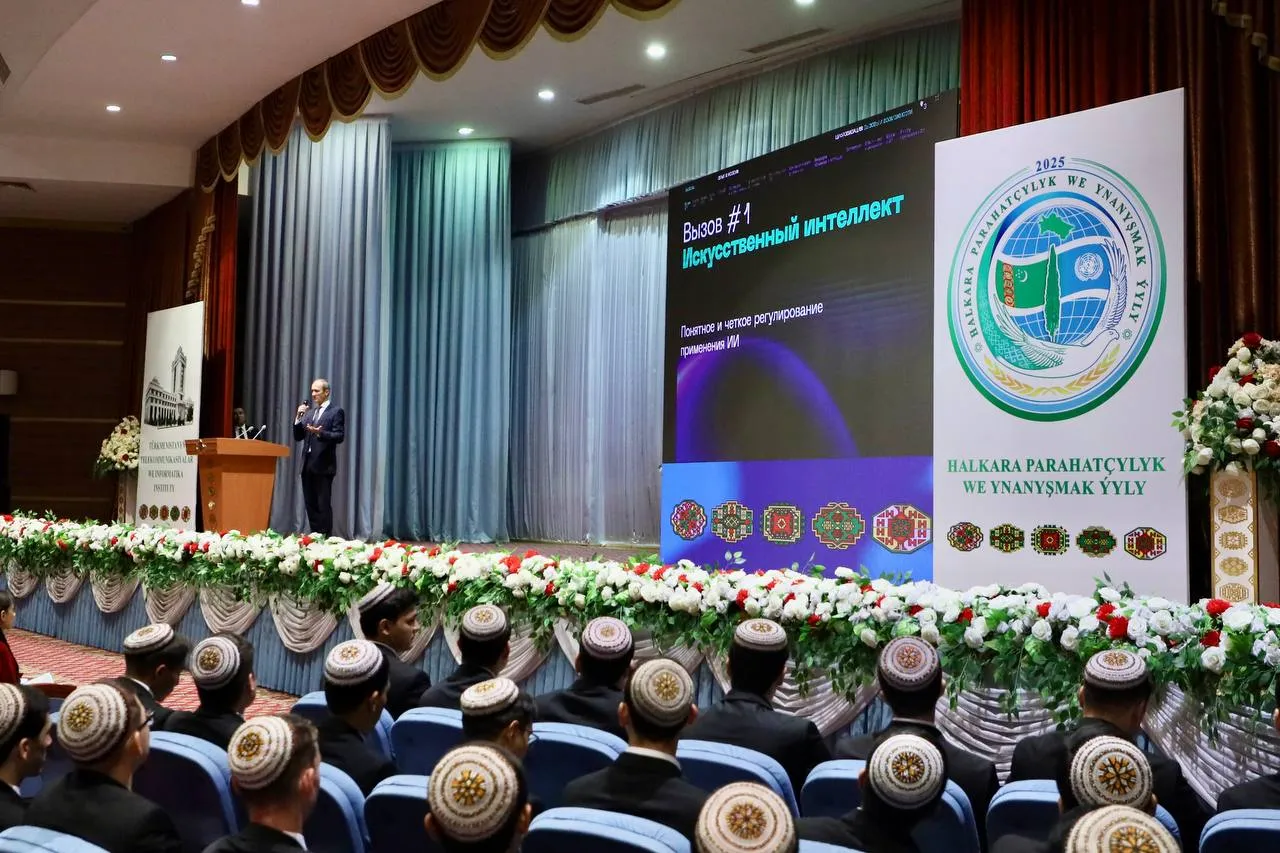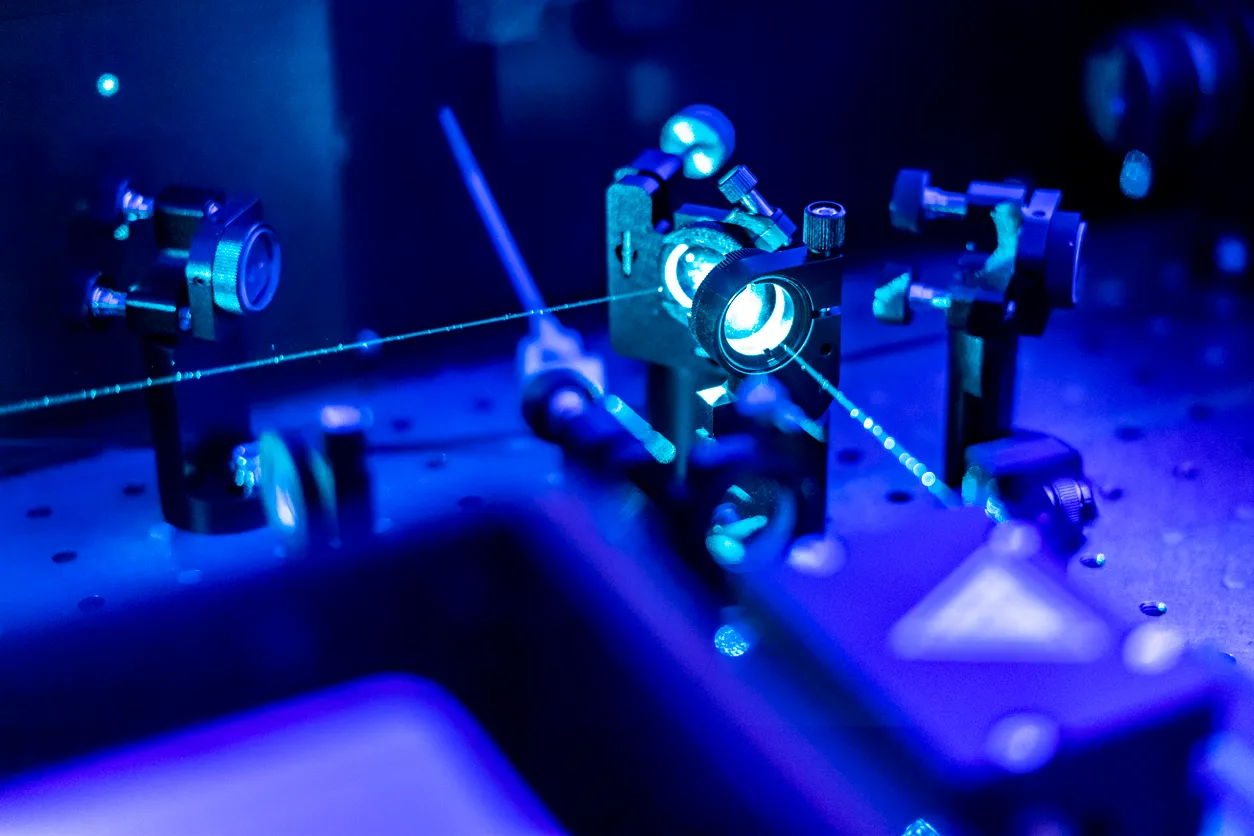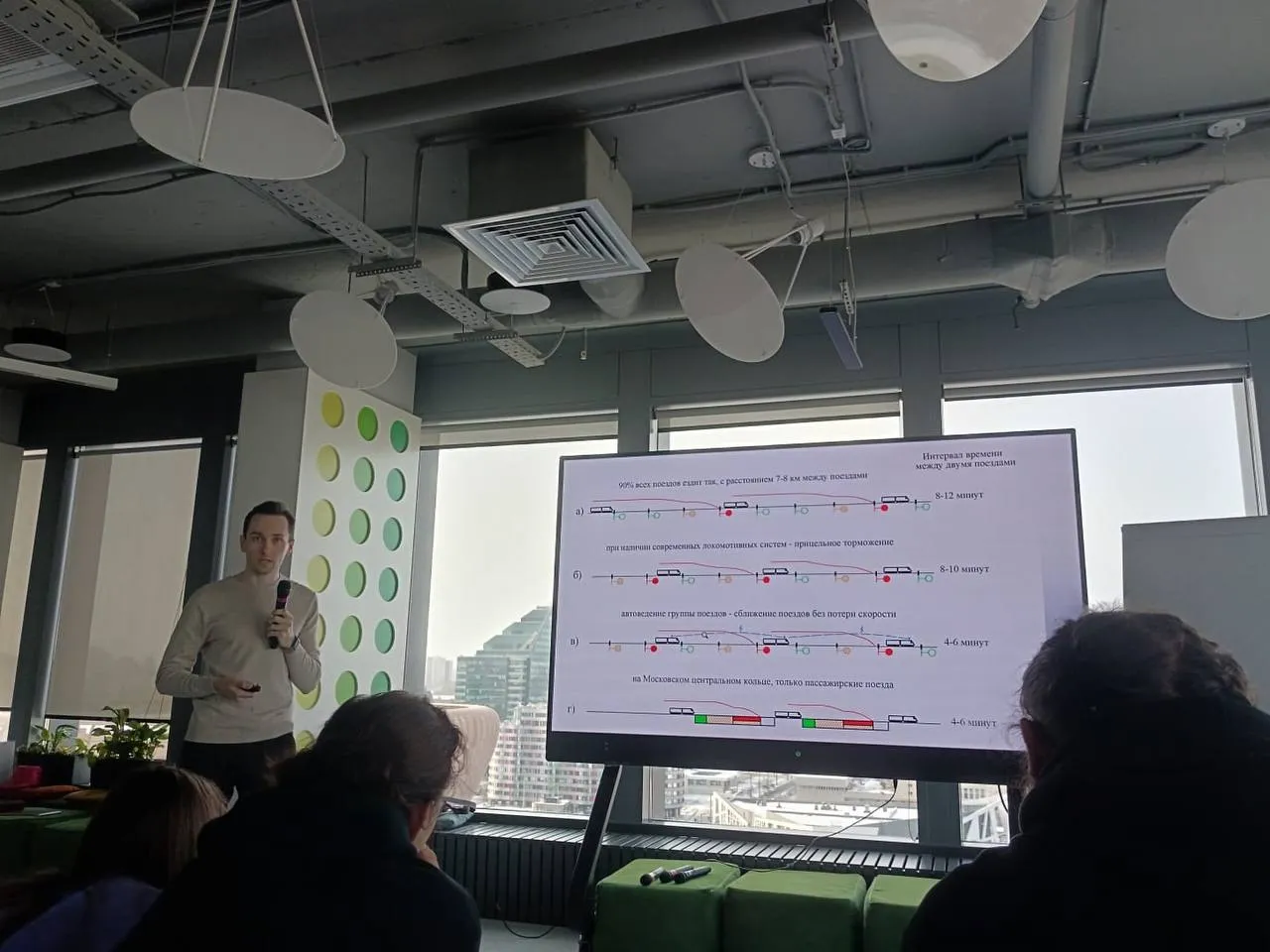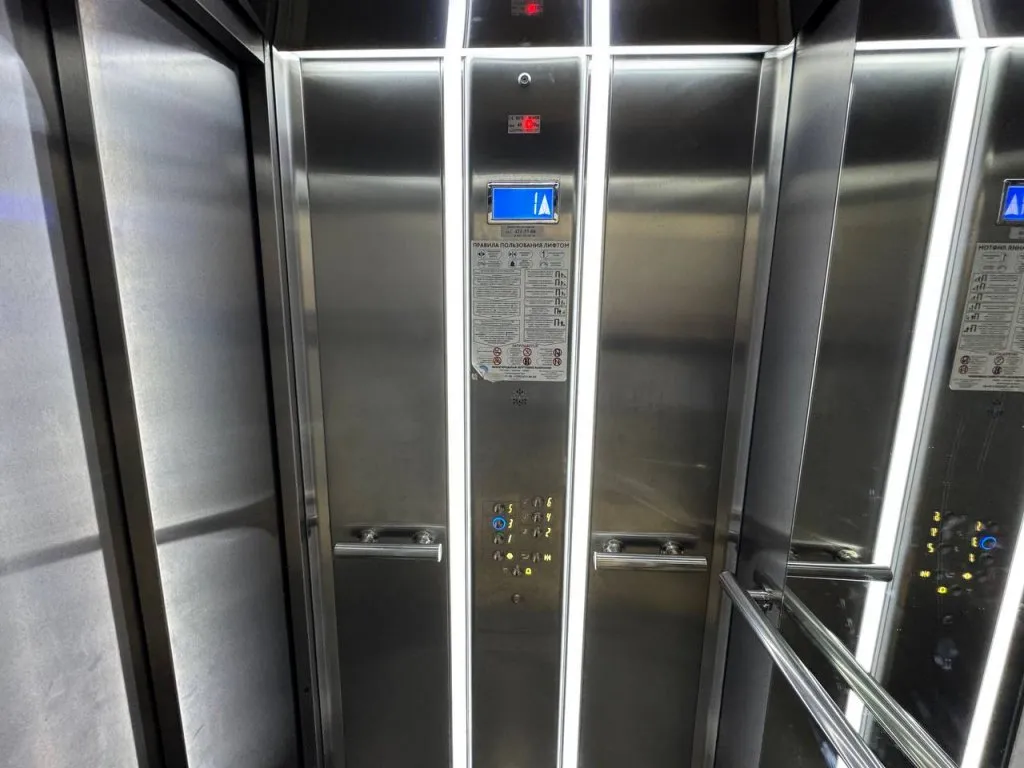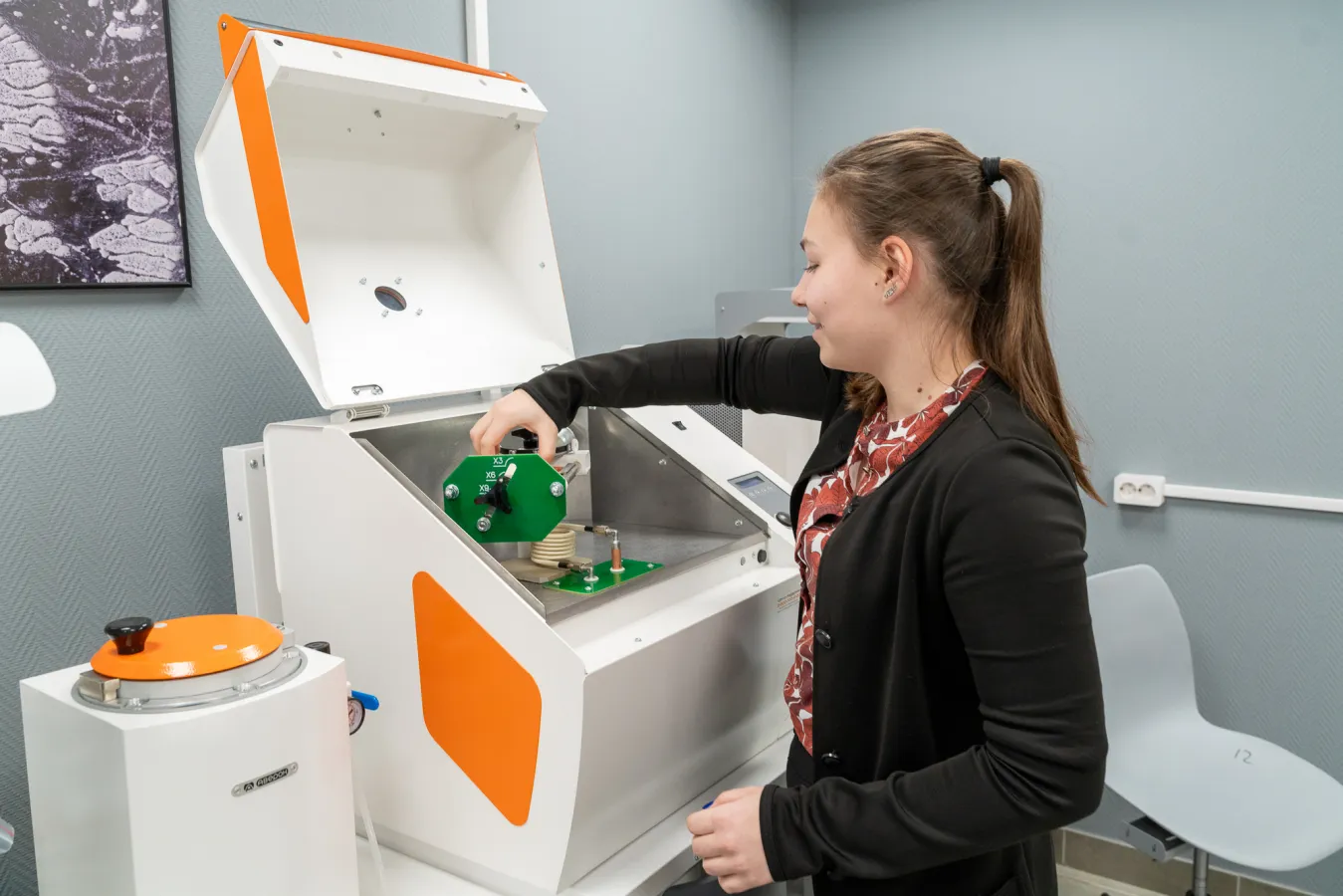Russian Scientists Bridge Quantum and Classical Computing with a Simple Hardware Hack
A new chip-bonding method could make hybrid quantum processors smaller, faster, and far more stable — solving one of the field’s biggest engineering headaches.
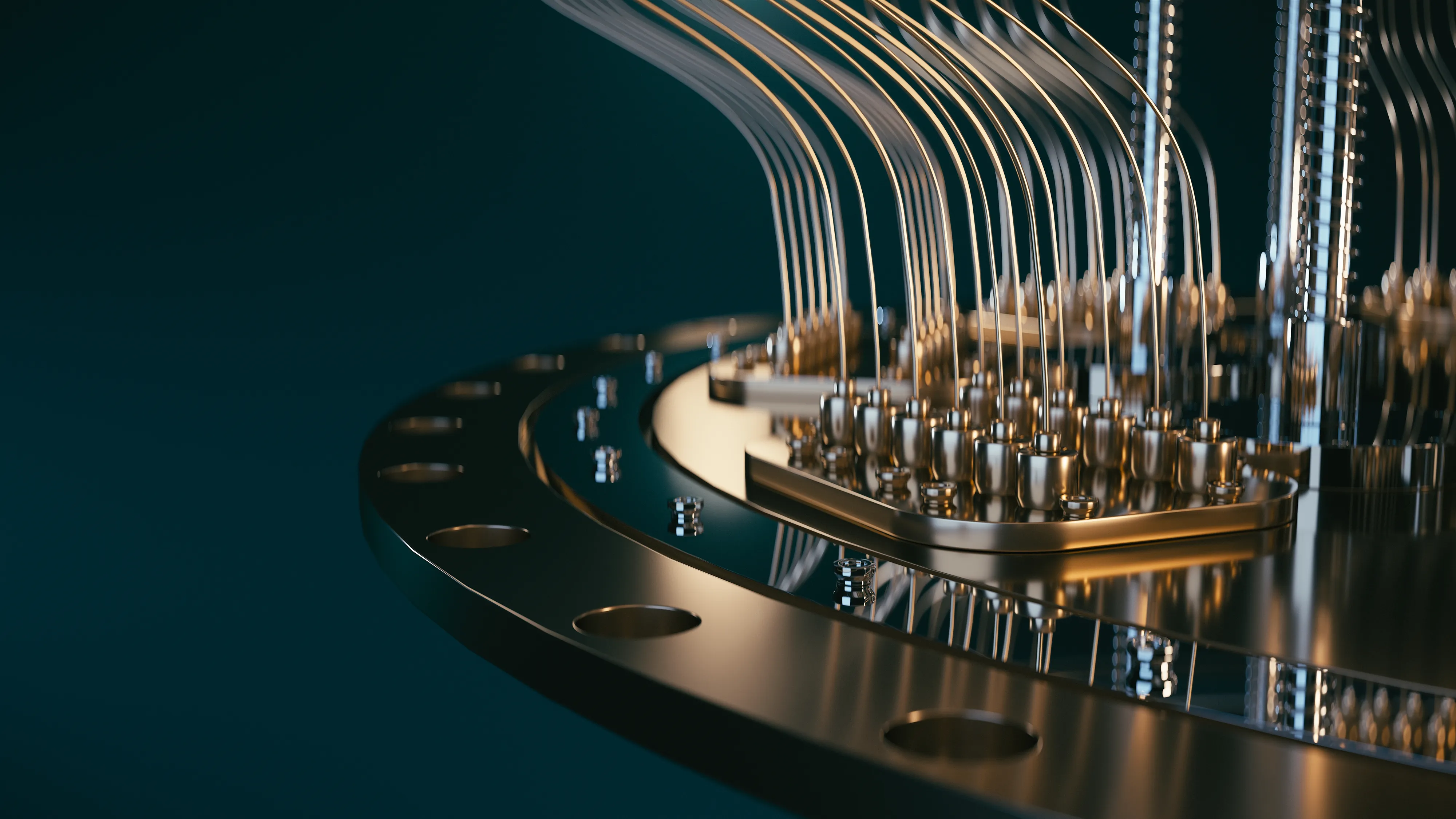
Russian researchers say they’ve developed an elegant way to connect quantum and classical processors, a critical step toward building powerful hybrid computing systems. The challenge: quantum chips operate near absolute zero, while their silicon counterparts fail at such extreme cold. Even minor environmental interference can disrupt the delicate quantum states — known as qubits — and distort data as their numbers grow.
Now, engineers from MISiS University, Moscow State University, the Russian Quantum Center, and SP Quantum’s nanofabrication center have proposed a new integration technique based on flip-chip bonding — a method that joins two chips “face-to-face” using microscopic contact points. To ensure stability at ultra-low temperatures, the team used a multilayer substrate of aluminum, titanium, and platinum, bonded with indium, a soft metal with superconducting properties.
Toward Scalable Quantum Hardware
According to Igor Solovyov, a senior researcher at the Nuclear Physics Institute of Moscow State University, building quantum processors with over 100 qubits will require placing classical chips directly next to the quantum components. That proximity minimizes data transfer delays, saves space, and improves control efficiency — all key to scaling up quantum machines.
In essence, the method offers a hardware blueprint for the next generation of multi-chip quantum systems — where cryogenic qubits and classical logic finally share the same cold, compact home.








